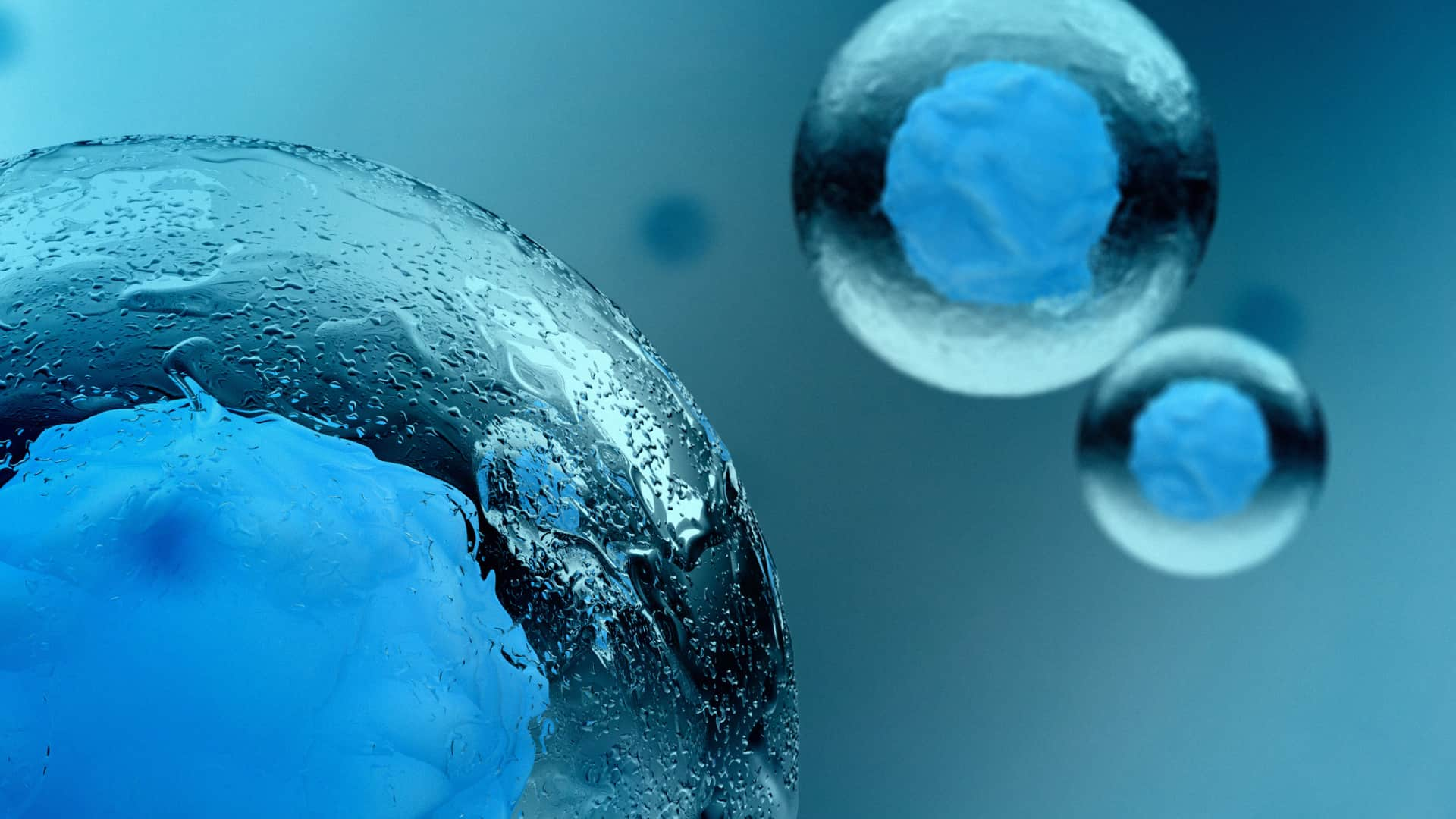Grapefruit Whole Fruit Extract
TOP BENEFITS OF GRAPEFRUIT EXTRACT
Support brain function*
Supports antioxidant defenses*
Supports cellular health*
WHAT IS GRAPEFRUIT EXTRACT?
Grapefruit (Citrus × paradisi) is a hybrid citrus fruit. One grapefruit ancestor is pomelo and the other is sweet orange—the × in the botanical name indicates its hybrid origin. Grapefruits are rich in antioxidants, including many of the same citrus bioflavonoids found in oranges. But it’s a flavonoid called naringin that (1) gives grapefruit its distinctive bitter taste, and (2) is why a grapefruit extract would be used rather than another citrus extract. Naringin, like all flavonoids, is part of a larger group of plant compounds called polyphenols.*
NEUROHACKER’S GRAPEFRUIT EXTRACT SOURCING
Grapefruit Whole Fruit Extract contains not less than 20% naringin.
Grapefruit Whole Fruit Extract is Non-GMO and Vegan.
GRAPEFRUIT EXTRACT FORMULATING PRINCIPLES AND RATIONALE
Many flavonoid molecules are part of plants’ protective responses to mild environmental stress. Because of this, we don’t think of flavonols (like naringin) as being “more is better” ingredients. Instead, we think it’s better to use them following hormetic dosing principles (see Neurohacker Dosing Principles). One of our formulation goals is to support entire pathways. This means, among other things, identifying enzymes in the pathway that are important in ensuring the flow of molecules through the pathway. We then look for compounds that may have the ability to support these enzymes. We use a grapefruit extract standardized for naringin content, because of this enzyme-supportive function. But we only include a very low amount of naringin—about what would be found in ⅓ of an ounce of grapefruit juice—because we did not want to substantially influence the activity of the cytochrome P450 enzymes that naringin may influence. We can do this because of another goal in our formulation strategy. We endeavor to include more than one ingredient that may serve the same purpose, which allows us to include lower amounts of both ingredients (as opposed to higher amounts of just one). This concept of having more than one ingredient in a formula that has functionally similar purposes is why we feel comfortable with giving a very low amount of grapefruit extract.*
GRAPEFRUIT EXTRACT KEY MECHANISMS
Supports brain function*
Supports learning and memory (in mice)* [1–3]
Supports healthy neurobehavioral responses to stress* [1,2,4]
Influences acetylcholinesterase (AChE) activity* [1,2,5,6]
Supports glutamate signaling* [5,7]
Supports GABA signaling* [5]
Supports dopamine signaling* [5]
Supports glia-derived neurotrophic factor (GDNF) levels* [8]
Supports sleep processes* [9]
Supports neuroprotective functions* [1,5–7,10–15]
Supports neural antioxidant defenses* [5,7,10,13,14]
Supports neural Nrf2 signaling and phase II detoxifying/antioxidant enzymes* [10]
Supports neural immune signaling* [4,10,14,15]
Supports neural mitochondrial function* [3,6,11,13]
Supports neuronal autophagy/mitophagy* [13,16]
Supports antioxidant defenses*
Supports antioxidant defenses and free radical scavenging* [10,17–19]
Counters ROS production and oxidative stress* [10,17,18,20]
Supports Nrf2 signaling and phase II antioxidant enzymes* [10,17]
Promotes healthy aging and longevity*
Supports mitochondrial function* [20,21]
Supports healthy metabolic function* [22]
Supports healthy cardiovascular function* [22]
Supports healthy liver function* [22]
*These statements have not been evaluated by the Food and Drug Administration. This product is not intended to diagnose, treat, cure, or prevent any disease.
REFERENCES
[1]S.R. Maratha, N. Mahadevan, Neurochem. Res. 37 (2012) 2206–2212.
[2]B. Ben-Azu, E.E. Nwoke, A.O. Aderibigbe, I.A. Omogbiya, A.M. Ajayi, E.T. Olonode, S. Umukoro, E.O. Iwalewa, Biomed. Pharmacother. 109 (2019) 536–546.
[3]D. Wang, J. Yan, J. Chen, W. Wu, X. Zhu, Y. Wang, Cell. Mol. Neurobiol. 35 (2015) 1061–1071.
[4]M. Kwatra, A. Jangra, M. Mishra, Y. Sharma, S. Ahmed, P. Ghosh, V. Kumar, D. Vohora, R. Khanam, Neurochem. Res. 41 (2016) 2352–2366.
[5]P.K. Kola, A. Akula, L.S. NissankaraRao, R.C.S.R. Danduga, Epilepsy Behav. 75 (2017) 114–126.
[6]A. Prakash, B. Shur, A. Kumar, Int. J. Neurosci. 123 (2013) 636–645.
[7]A. Ramakrishnan, N. Vijayakumar, M. Renuka, Biomed. Pharmacother. 84 (2016) 1717–1726.
[8]E. Leem, J.H. Nam, M.-T. Jeon, W.-H. Shin, S.-Y. Won, S.-J. Park, M.-S. Choi, B.K. Jin, U.J. Jung, S.R. Kim, J. Nutr. Biochem. 25 (2014) 801–806.
[9]S.P. Fernández, C. Wasowski, L.M. Loscalzo, R.E. Granger, G.A.R. Johnston, A.C. Paladini, M. Marder, Eur. J. Pharmacol. 539 (2006) 168–176.
[10]K. Gopinath, G. Sudhandiran, Neuroscience 227 (2012) 134–143.
[11]A.K. Sachdeva, A. Kuhad, K. Chopra, Pharmacol. Biochem. Behav. 127 (2014) 101–110.
[12]S. Qin, Q. Chen, H. Wu, C. Liu, J. Hu, D. Zhang, C. Xu, Brain Res. Bull. 124 (2016) 164–171.
[13]J. Feng, X. Chen, S. Lu, W. Li, D. Yang, W. Su, X. Wang, J. Shen, Mol. Neurobiol. 55 (2018) 9029–9042.
[14]J.-Y. Long, J.-M. Chen, Y.-J. Liao, Y.-J. Zhou, B.-Y. Liang, Y. Zhou, Behav. Brain Funct. 16 (2020) 4.
[15]J. Yang, L. Yuan, Y. Wen, H. Zhou, W. Jiang, D. Xu, M. Wang, Med. Sci. Monit. 26 (2020) e918772.
[16]K.H. Jeong, U.J. Jung, S.R. Kim, Evid. Based. Complement. Alternat. Med. 2015 (2015) 354326.
[17]M. Rajadurai, P. Stanely Mainzen Prince, Toxicology 228 (2006) 259–268.
[18]M.M. Ali, M.A.A. El Kader, Z. Naturforsch. C 59 (2004) 726–733.
[19]M. Cavia-Saiz, M.D. Busto, M.C. Pilar-Izquierdo, N. Ortega, M. Perez-Mateos, P. Muñiz, J. Sci. Food Agric. 90 (2010) 1238–1244.
[20]J. Chen, R. Guo, H. Yan, L. Tian, Q. You, S. Li, R. Huang, K. Wu, Basic Clin. Pharmacol. Toxicol. 114 (2014) 293–304.
[21]M. Rajadurai, P.S.M. Prince, J. Biochem. Mol. Toxicol. 21 (2007) 354–361.
[22]M.A. Alam, N. Subhan, M.M. Rahman, S.J. Uddin, H.M. Reza, S.D. Sarker, Adv. Nutr. 5 (2014) 404–417.




